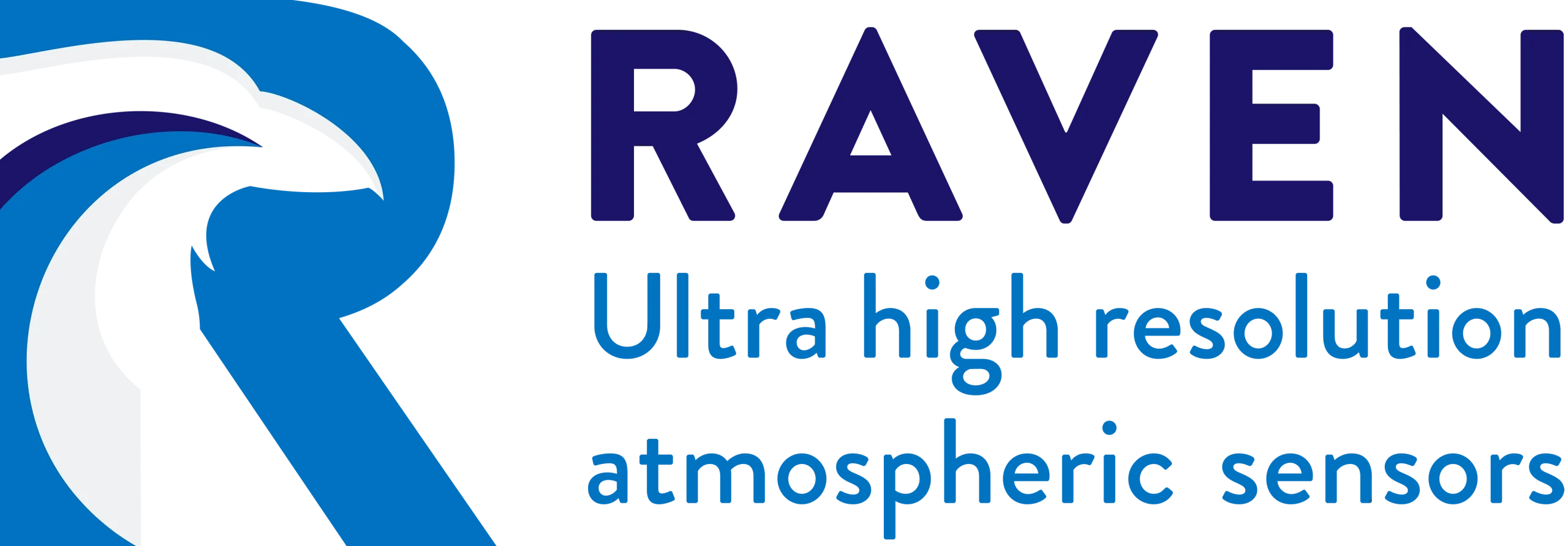Human activities are driving climate change through greenhouse gas (GHG) emissions and worsening air quality, both of which pose serious threats to human health and ecosystems. To address these challenges, stricter environmental regulations are being introduced worldwide, but current air monitoring systems are not well-suited to meet these demands.
Commercially available sensors are costly, large, and often rely on mains power and protective shelters. Additionally, their field performance is often inadequate due to issues like high signal noise and drift. As a result, there is a growing need for new air pollution and GHG monitoring technologies that provide better sensitivity, precision, and accuracy, while being affordable, compact, and energy-efficient to meet the new, more stringent, environmental standards.



